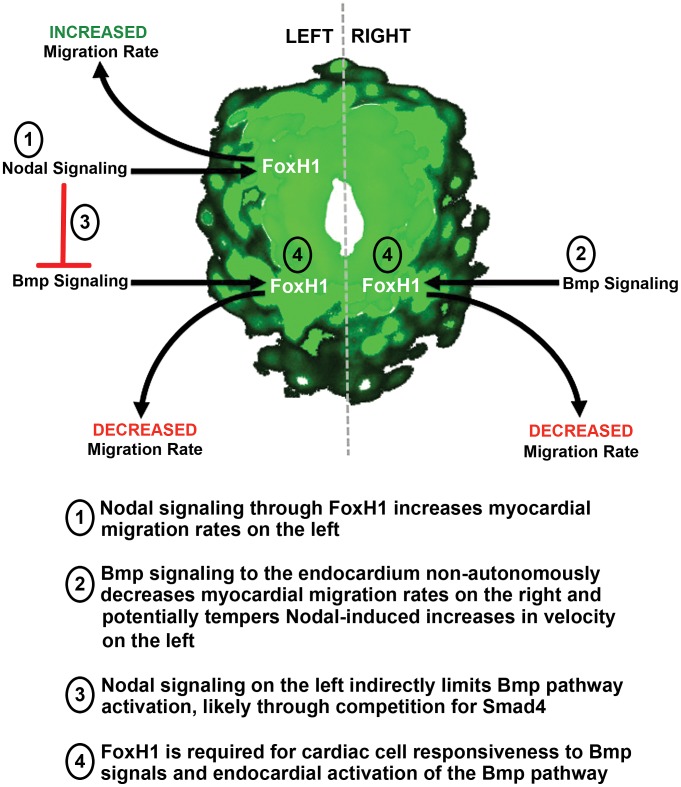Figure 4. Model of the opposing roles for Nodal and Bmp signaling during asymmetric cardiac morphogenesis.
1: Nodal signaling to the myocardium through the transcription factor FoxH1 is required to asymmetrically increase cardiac migration rates specifically on the left of the cardiac cone. 2: The Bmp pathway is bilaterally activated in the endocardium but only effectively limits migration rates in the absence of strong inductive cues from Nodal signaling on the right of the cardiac cone. This leads to a non-cell autonomous decrease in myocardial migration rates on the right of the cone. 3: The Nodal pathway generally limits Bmp pathway activation in the heart, potentially through competition for access to proteins common to both pathways. 4: FoxH1 is also required in a Nodal-independent manner in the heart to mediate cardiac cell responsiveness to Bmp signals.

